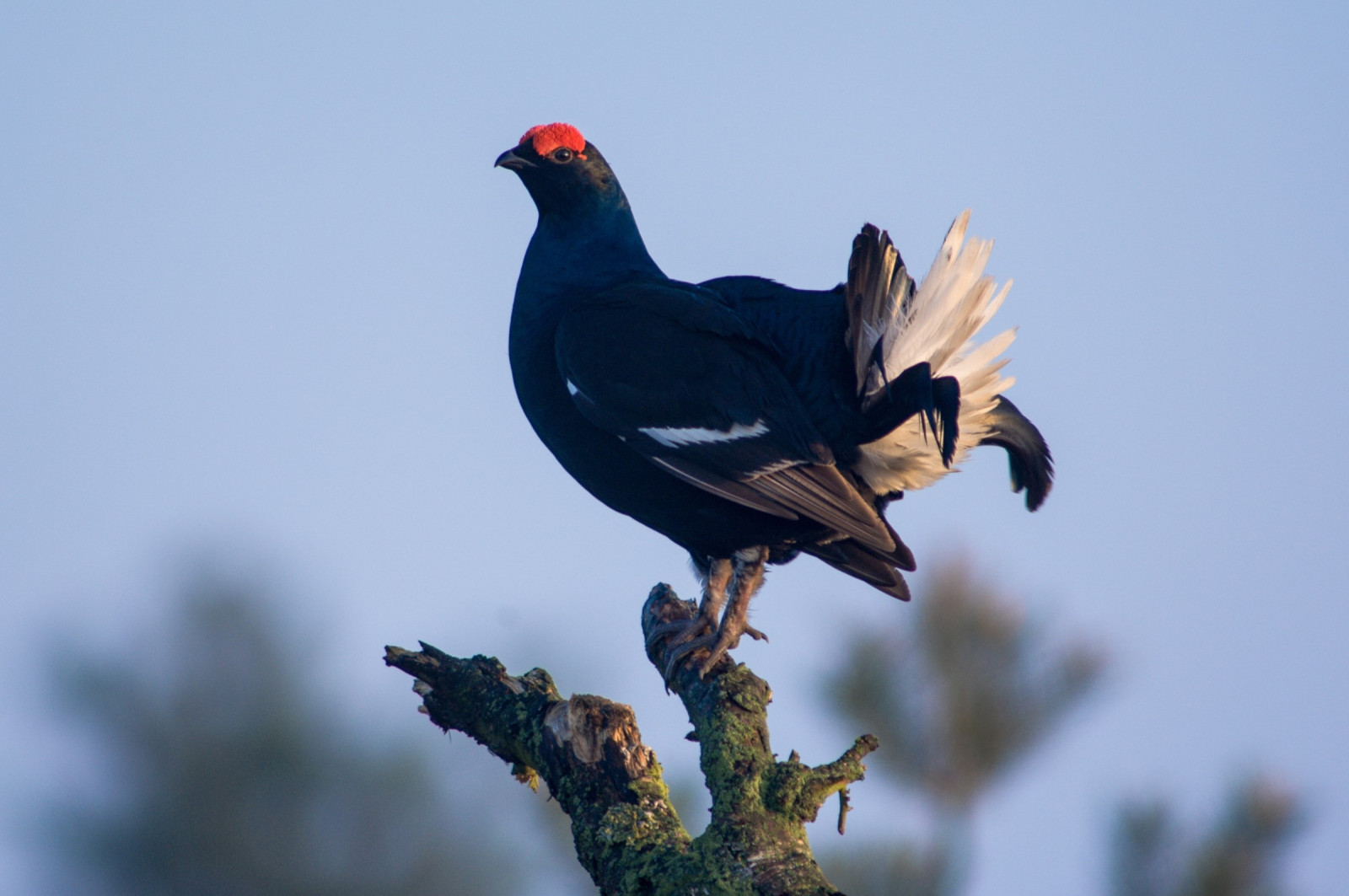Beschreibung
All somewhat passionate Belgian birders have been on this platform as it is the only place in the country to see Birkhuhn. Although there is also a dark side as this population is on the brink of extinction. In 2016 less then 5 individuals remain, but since then conservation efforts are made as some Swedish birds are relocated to the area between 2017 and 2021 (around 20 individuals per year). They remain year-round on this location, altough the best months to see them are by far late February, March and April. During these periods it's possible to observe the courtship behavior of the males and often the females sit quite high in the trees. The best chance to see them is very early in the morning at dawn. Note that nowadays the area is only accessible with a guide.
Even if you don't manage to see them it's a very good location to see Kornweihe , Raubwürger , Kolkrabe , Rotmilan , Kranich (only during migration periods, they do not breed in Belgium), Gimpel, Neuntöter , Baumpieper and Schwarzstorch.
Details
Zugang
A lot of parking space is available at 'Le signal the Botrange'. Click on the P in the map to get directions. It's possible to walk around the area, although the best place to observe birds is at the wooden platform. Note that the area is only accessible with a guide.
Terrain und Habitat
Moor/Heideland , Vereinzelte Bäume und Büsche , Plateau , EbeneBedingungen
Offene LandschaftRundweg
JaIst ein Spektiv nützlich?
JaGute Beobachtungszeit
FrühjahrBeste Beobachtungszeit
Frühjahrszug , Frühjahr , HerbstzugRoute
unbefestigte Straße , Normaler WegSchwierigkeitsgrad der Tour
EinfachErreichbarkeit
zu FußBeobachtungshütten oder -türme
JaLinks
- Recent bird sightings in the area on Waarnemingen.be
- Signal de Botrange
- Botrange.be/parc-naturel-des-hautes-fagnes-eifel/guides-guidance/





